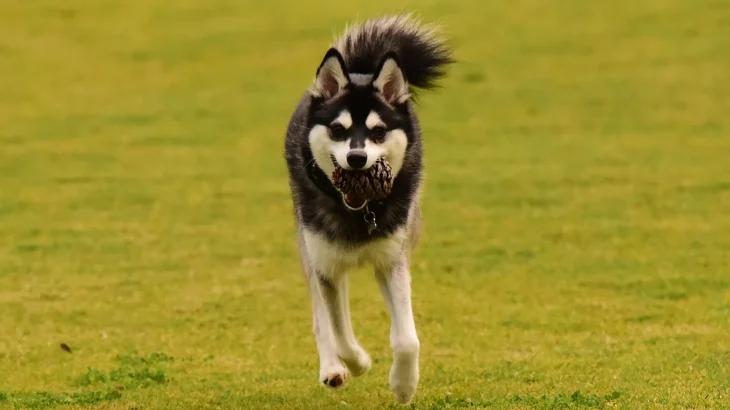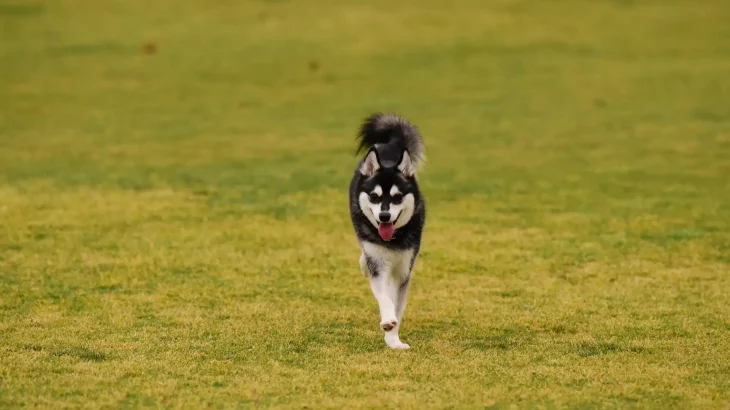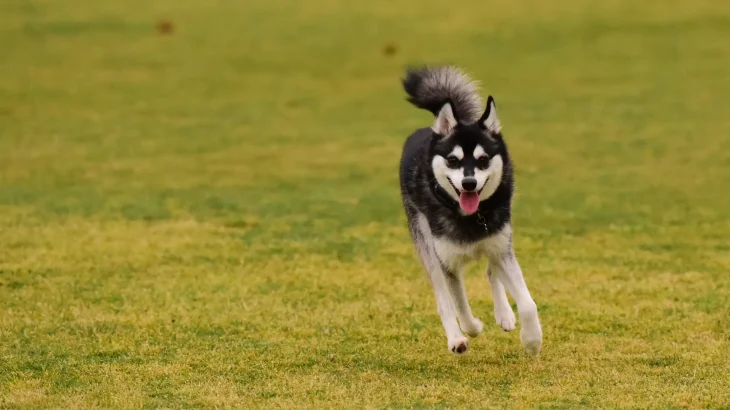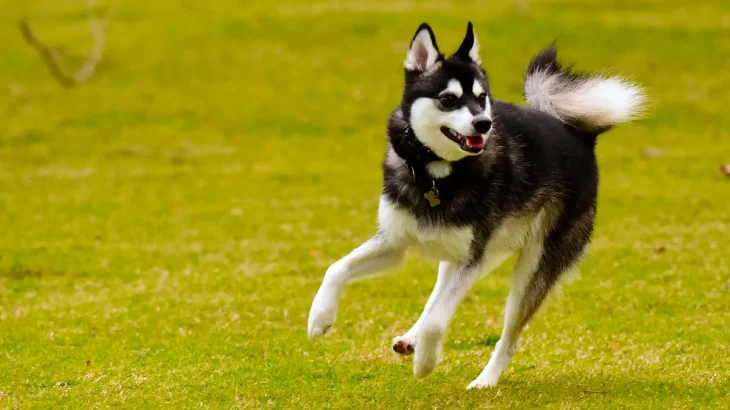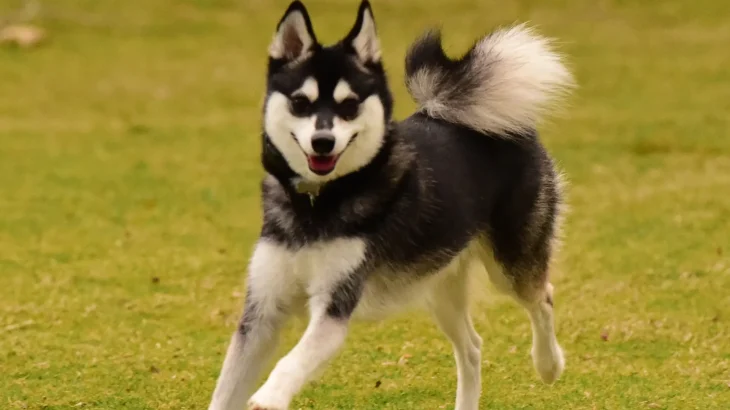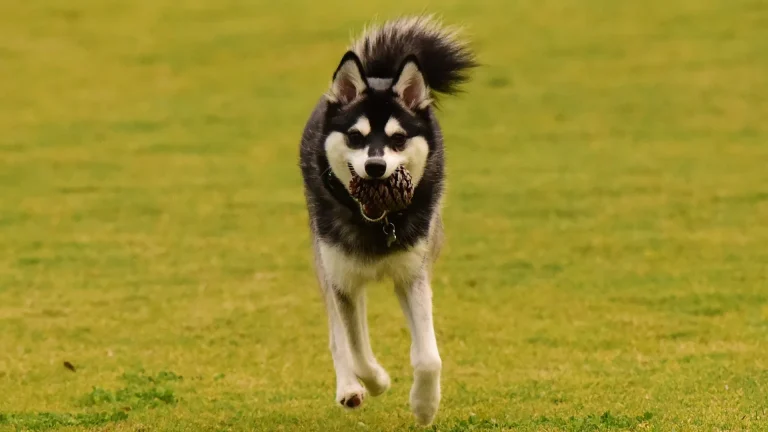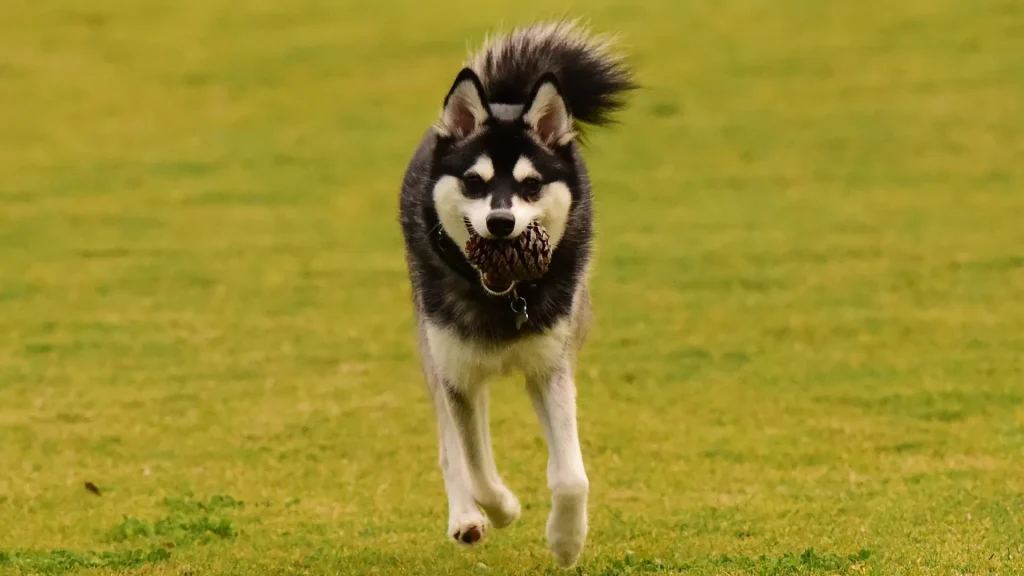Pet insurance for the Alaskan Klee Kai, a lively and charming breed, helps manage unexpected veterinary costs. While generally healthy, this breed can still face accidents or sudden illnesses needing expensive care. Insurance eases financial pressure, letting owners focus on their pet's health. Coverage often includes accidents and surgeries but usually excludes routine care and pre-existing conditions, so some costs remain out-of-pocket. Liability coverage can protect owners if their dog causes injury or damage. Some owners choose to save money instead of buying insurance, but this may not cover costly emergencies fully.
Health and Surgery Coverage
Most pet insurance plans cover injuries and sudden illnesses in an Alaskan Klee Kai, protecting against high vet bills. Pre-existing conditions are generally excluded, so early sign-up is important. While premiums add up, coverage can offset large emergency costs. Preventive care and hereditary conditions might not be covered, so owners should check policy details carefully.
Liability Coverage
Liability coverage, available as an add-on in some plans, helps if the dog injures someone or damages property. Given the breed's energetic nature, this can be useful, though it increases premiums and is optional.
Alternatives to Pet Insurance
Some owners self-insure by saving funds for emergencies, avoiding premiums but needing a large reserve. Wellness plans cover routine care but not emergencies. These options are less comprehensive and may leave owners vulnerable in sudden situations.
Owner Out-of-Pocket Costs
Even with insurance, deductibles, co-pays, or percentages may apply. Routine visits, vaccinations, and some hereditary issues might not be covered, so budgeting for these costs is necessary. Understanding policy terms helps avoid surprises.
Advantages and Disadvantages
Insurance offers peace of mind and financial protection, enabling better care without immediate cost worries. However, premiums add up and some conditions may be excluded. Claim processes might require paperwork, which could be inconvenient.
Imagine an Alaskan Klee Kai eating a toxic plant—common due to their curiosity. Without insurance, owners face high emergency bills and tough choices. With insurance, costs are reduced, allowing timely and possibly lifesaving care. This shows why pet insurance is a smart choice for Alaskan Klee Kai owners.

